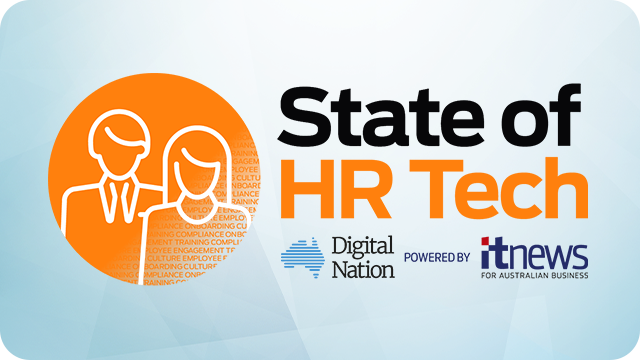Defence Enlists Trainee Software Engineers from Microsoft-Supported Initiative
We independently review everything we recommend. When you buy through our links, we may earn a commission which is paid directly to our Australia-based writers, editors, and support staff. Thank you for your support!
Quick Overview
- Defence to recruit 10 software engineering students from a Microsoft-backed program.
- Positions within the Defence Digital Group, Defence’s IT division.
- Students enrolled at Holberton School, concentrating on technology and computer science.
- The program consists of focused Azure training aligned with Defence’s Digital Strategy 2024.
- This initiative is part of a collaborative investment effort between Microsoft and Defence for digital transformation.
Microsoft-Supported Program: A Fresh Pathway into Defence
In a tactical effort to improve graduate opportunities, Defence plans to recruit 10 students from a Microsoft-backed program, intending to strengthen its digital workforce. These students, currently studying at Holberton School, will enter the Defence Digital Group in entry-level positions, contributing to Australia’s IT capabilities.
Partnership with Holberton School
The partnership with Holberton School serves as a pilot initiative for Defence Digital Group to investigate new entry-level placement channels. Once they finish their studies, the chosen candidates will participate in a 12-month placement, contingent upon fulfilling employment and security criteria. Successful candidates might have the chance to obtain ongoing positions.
Microsoft’s Involvement in the Training Initiative
Microsoft’s participation encompasses specialized training on Azure, aligning with the Department of Defence’s Digital Strategy and Roadmap 2024. This strategy focuses on the integration of global platforms and cloud technologies that underpin Defence’s digital framework.
Joint Investment for Digital Advancement
In July, a co-investment program between Microsoft and Defence was announced, aiding Defence’s shift towards cloud adoption and digital enhancement. This collaboration seeks to utilize Microsoft’s expertise to improve Defence’s technological capabilities.

Conclusion
Defence’s effort to recruit software engineering talent from a Microsoft-supported initiative signifies a crucial advancement towards strengthening Australia’s digital capabilities. By integrating targeted Azure training and aligning with the Defence Digital Strategy, this initiative represents a substantial investment in the future of Defence’s IT workforce.














